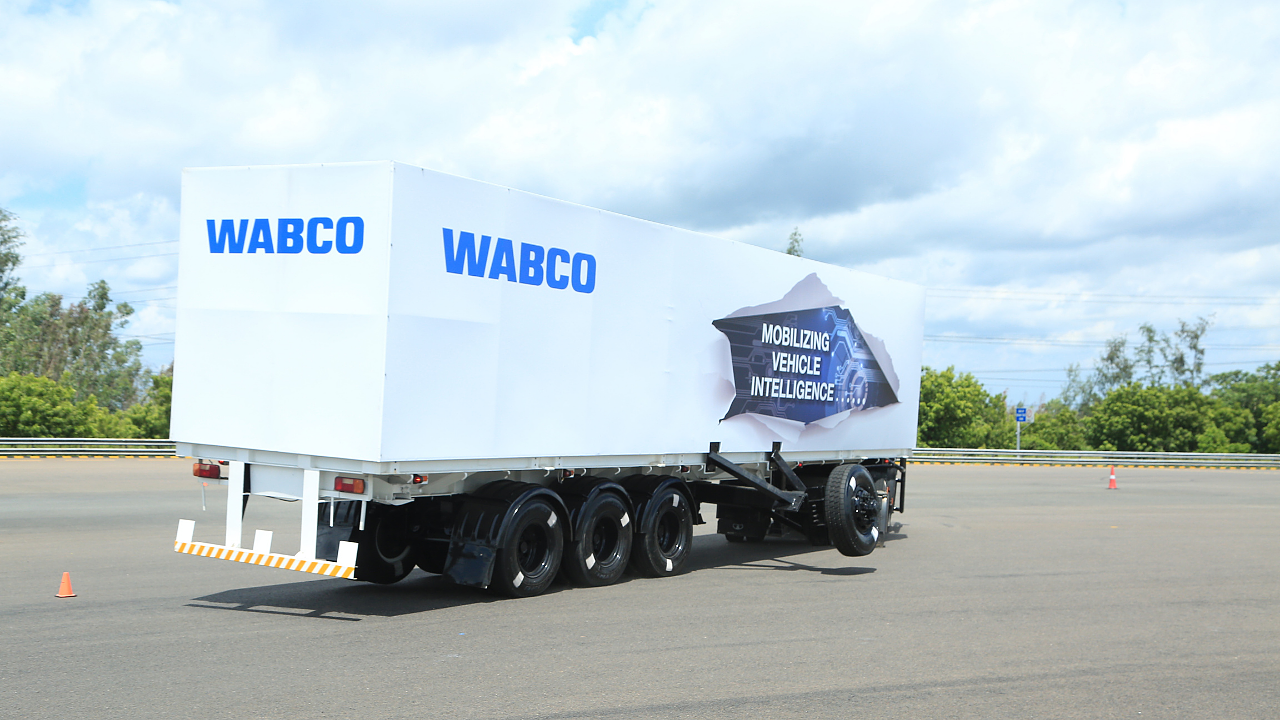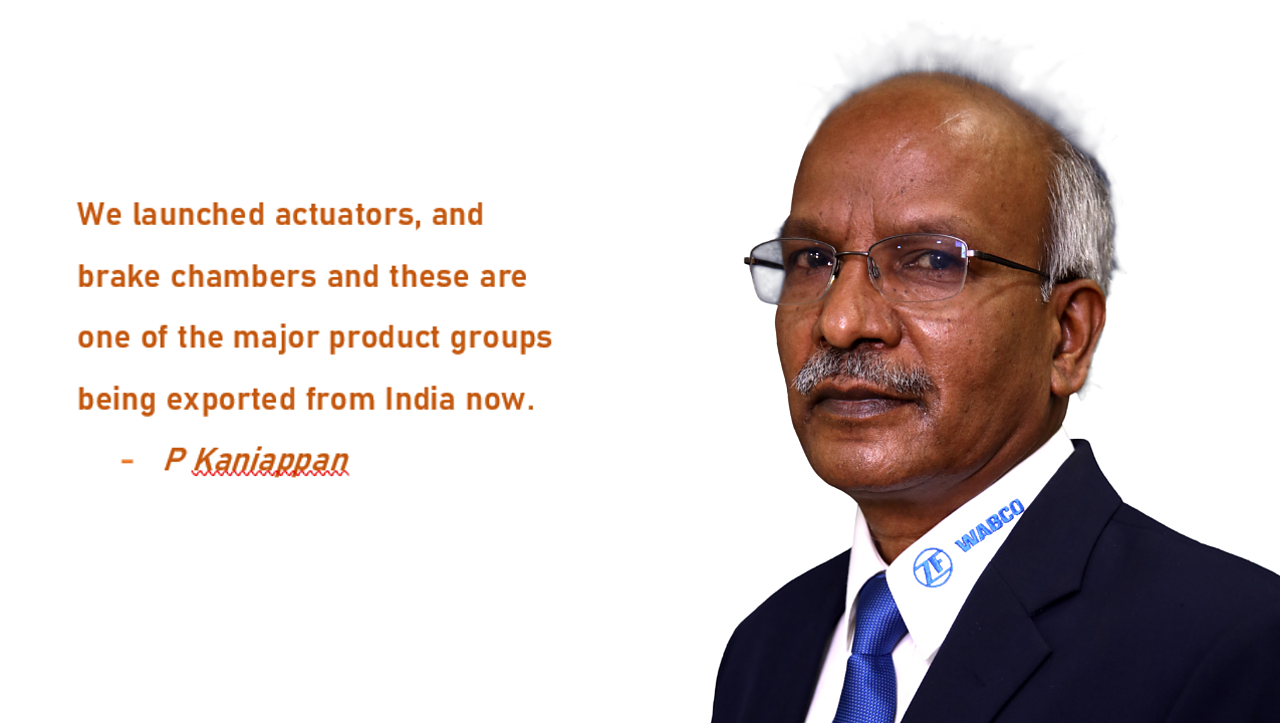
Leading global supplier of braking control systems and other advanced technologies that improve commercial vehicles' safety, efficiency, and connectivity, Wabco is banking on its Indian arm Wabco India to develop solutions that are not in its portfolio.
The shift in strategy has made Wabco India augment its Tech Centre in Chennai and Digital Technology Centre in Bengaluru, which became operational a year ago. Moreover, with ZF acquiring Wabco globally, the India operations see burgeoning prospects as it can partner with ZF engineering centres anywhere in the world to become a significant contributor.
Speaking to Mobility Outlook, P Kaniappan, Managing Director, Wabco India said Germany develops the best technologies, however, there is immense potential for India to contribute to the global requirements. These will be the growth areas from a long-term perspective, he said.
India as a key hub
The Tech Centre in Chennai has emerged as a key software development hub. At present, close to 85% of the global assignments are done here now, with the number steadily increasing. “Today, we have about 650 people in engineering at two locations – Ambattur and Porur, in Chennai. Based on our strategic plan, the engineering count will go up to about 2,000 by 2030. So, there is a clear focus on building the engineering strength here. Bangalore is also a major growth centre because the future will be digital,” he said.

ZF already has a huge tech centre in Hyderabad, and the synergies will open up enormous opportunities for Wabco under ZF.
“Under ZF, we have much more to offer in several areas. We are already discussing with many customers to support their electrification programmes,” he said.
Even before setting up a full-fledged technology centre, Wabco had garnered expertise in designing products with global standards cost-effectively and frugally.
According to Kaniappan, the company has evolved over time, and the development was visible with the commencement of its exports business. In 2008, it began supplying a few components and child parts for compressors, including crankcase and crankshaft, to the US market.
Initially, the mutual understanding between Wabco and its customers was crucial. After addressing that, there were a few challenges, but Wabco global had the confidence to transfer production from Europe to India for a compressor assembly. Wabco India was then mandated to produce the entire requirement of heavy-duty compressors of Volvo, which was produced in Mahindra City.
The global company was leveraging the production capability of India operations as the design was European. The company was already making about 300,000 compressors a year for the domestic market. With additional 180,000 units for exports, it had the advantage of scale, which enabled it to offer cost advantages to the customer.
“Our headquarters understood that India has the capability to design its own products. We launched actuators, and brake chambers and these are one of the major product groups being exported from India now. This is frugal design and manufacturing; using this, our colleagues in the US, China and Europe are gaining market share. In Europe, the cost advantage is crucial for this product. So today, the market share continues to increase. I would say the penetration of these products is increasing, and the volumes are increasing. So, even during this difficult time (like COVID-19) for the domestic market, exports are booming,” Kaniappan averred.
The next step
The probable next step for Wabco India was to move from one product level to a sub-system level. It is for an air suspension system meant for several high-end cars, and the design was jointly done by Europe and India. In this system, the air supply unit and the electronic control sub-system are made in India at Mahindra City. The company sources electric motors from Lucas TVS, while the mechanical system is done in-house.
“Our team here contributed significantly to the design. These products have been released at the global level. Even if it is designed in India, it has to pass the scrutiny of global chief engineers. This is the way we are evolving the company,” he said.
The same logic applies to the Indian market as well. As per regulations, the CVs must have a rear park assist system. However, such a product was not available in Wabco global’s portfolio. “Daimler India Commercial Vehicles wanted Wabco to develop the product. We developed the same with some supplies from China; now we are localising. It is a purely Indian product now, which may go to other markets as well. What is not there in the global portfolio is now possible for us to make,” he said.
Similarly, the fleet management solution was designed in India jointly with customers and by partnering with a few start-ups. “Today, where there is a technology available within Wabco or ZF, we bring it to the customers; we localise, tweak and adapt. But, on the other hand, if no such product is available, even today in a few areas, we can develop those products for the market here itself,” Kaniappan concluded.
In January 2022, Wabco India will fully merge into ZF.